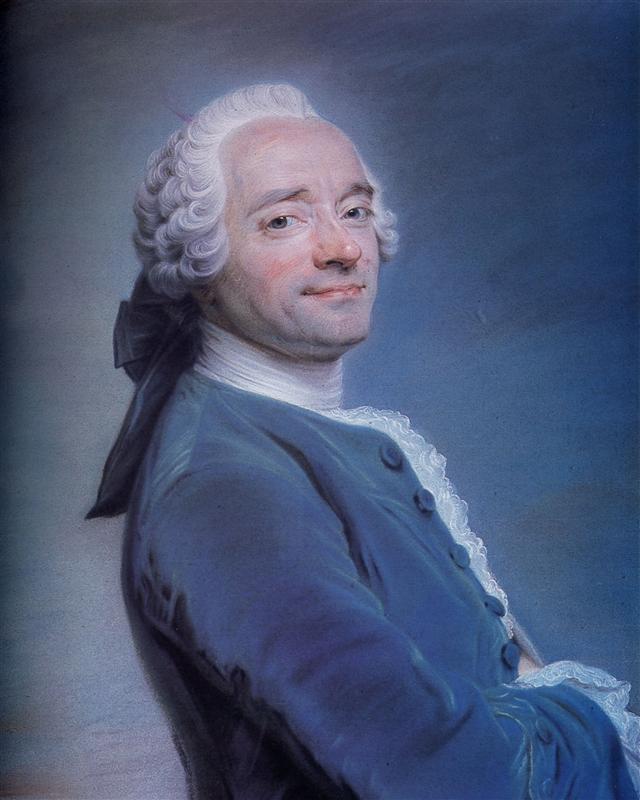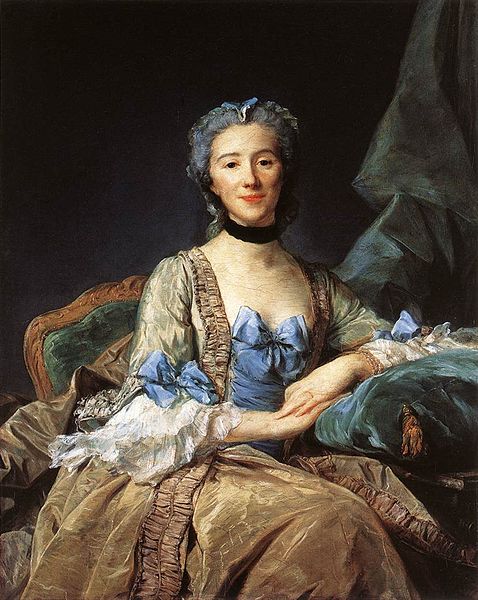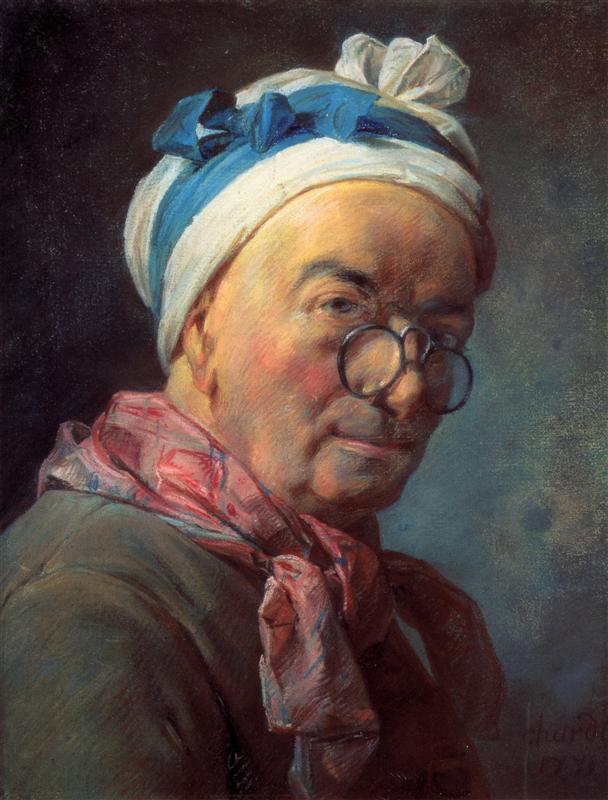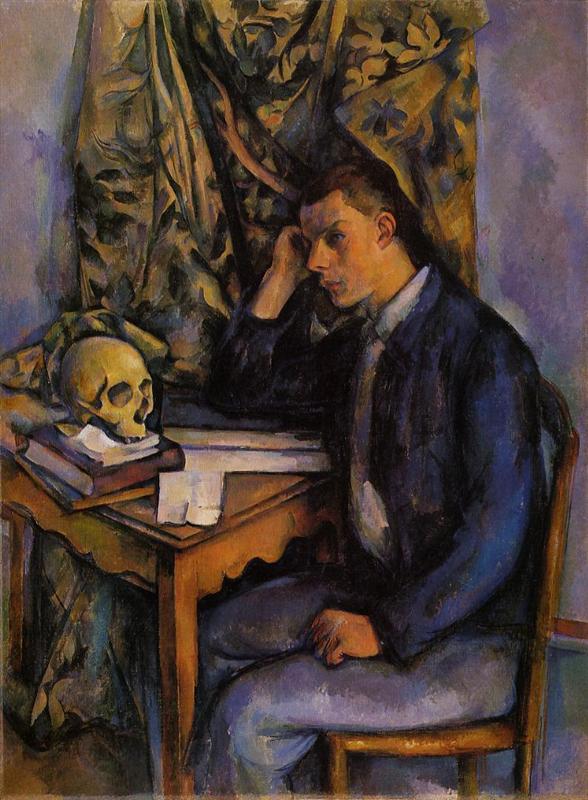Vincent Van Gogh once wrote to his sister that “it is possible to express poetry by means of a good arrangement of colours and nothing more”.
What did he mean? There is a superficial answer — as obvious as it is misleading — which would reduce this intuition to the “content” of art or even to “messages” it conveys. Take, for example, Leo Tolstoy — characteristically pleonastic — description of art:
“The activity of art is based on the fact that a man, receiving through his sense of hearing or sight another man’s expression of feeling, is capable of experiencing the emotion which moved the man who expressed it. … And it is upon this capacity of man to receive another man’s expression of feeling and experience those feelings himself, that the activity of art is based.”
The content of poetry and painting is the same — feelings and experiences; a painter can “receive” the feelings expressed in a poem and express them in a painting (and vice versa). Simple as that. But I don’t think that was what van Gogh meant: he was not talking of colour expressing the same thing as poetry does, but of colour expressing poetry itself. His intuition of affinity between poetry and painting goes beyond the divide between “content” and “form” (utterly meaningless in the realm of art anyway).
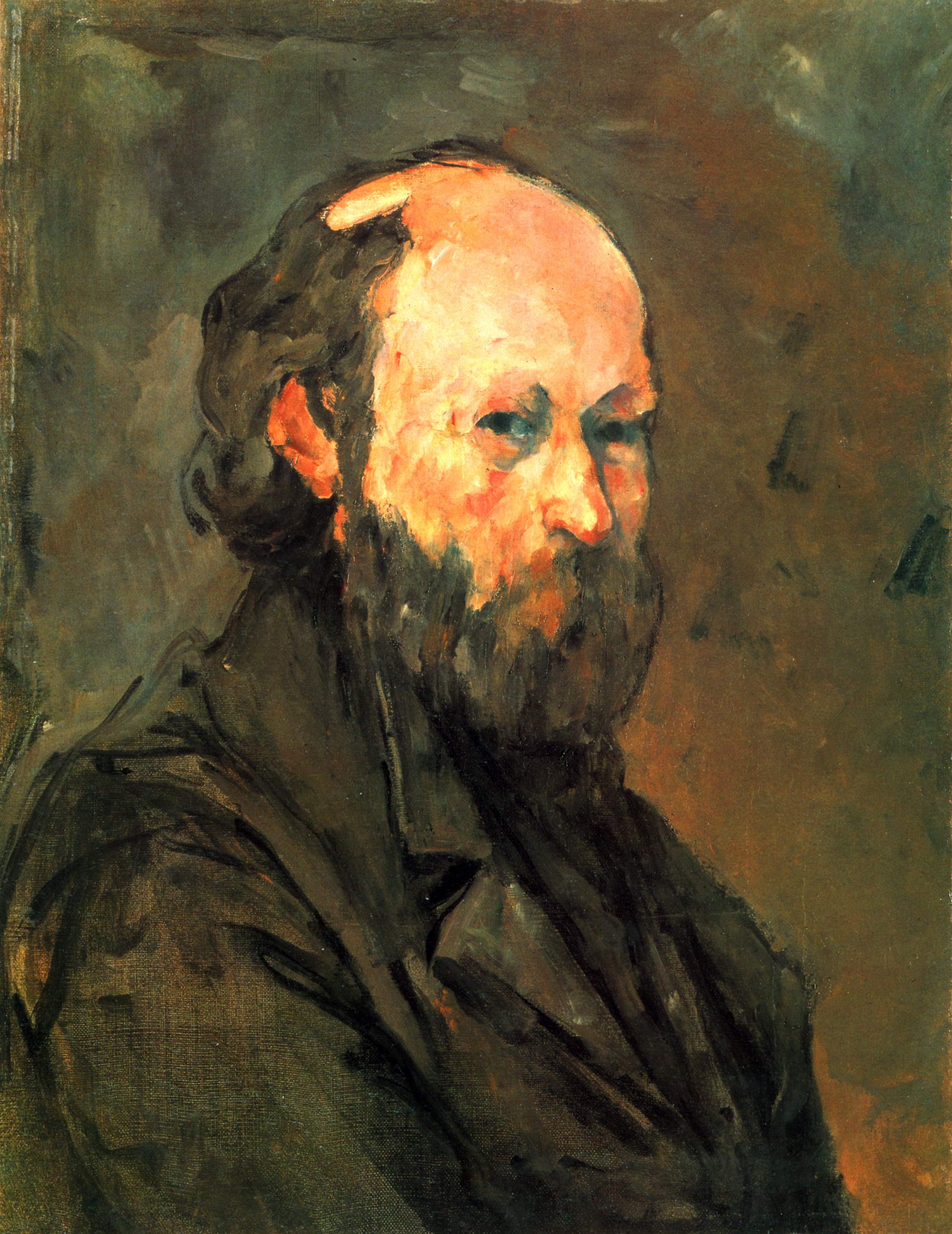
Rainer Maria Rilke sensed this affinity from, as it were, the other side, as a poet learning from painting, above all from Paul Cézanne. On October 21, 1907, he writes to his wife, Clara Rilke:
“<…> no one before him ever demonstrated so clearly the extent to which painting is something that takes place among the colours, and how one has to leave them completely alone, so that they can come to terms among themselves. Their mutual intercourse: this is the whole of painting. Whoever meddles, whoever arranges, whoever injects his human deliberation, his wit, his advocacy, his intellectual agility in any way, is already disturbing and clouding their activity.”
He talks about painting and colour, but the whole context of Rilke’s “Letters on Cézanne” makes it clear that he is also thinking about poetry and language: a poem as a mutual intercourse of words. Like van Gogh, he is talking about interaction of colours, but there is an interesting point of divergence, underscored by their use of words “arrangement” (van Gogh) and “whoever arranges” (Rilke). Van Gogh speaks as an active participant in the process of painting, as though a director putting on a play in which colours are actors, whereas Rilke mistrusts any conscious human interference with the interplay of colours. He continues:
“Ideally a painter (and, generally, an artist) should not become conscious of his insights <…> That van Gogh’s letters are so readable, that they are so rich, basically argues against him, just as it argues against a painter (holding up Cézanne for comparison) that he wanted or knew or experienced this and that; that blue called for orange and green for red: that, secretly listening in his eye’s interior, he had heard such things spoken, the inquisitive one.”
The elimination of conscious self from the process (so markedly and refreshingly different from the discourse of “self-expression”, so overwhelmingly common nowadays) is the very core of Rilke’s understanding of art, be it painting or poetry. On October 18, he writes about Cézanne’s work:
“This labor which no longer knew any preferences or biases or fastidious predilections, whose minutest component had been tested on the scales of an infinitely responsive conscience, and which so incorruptibly reduced a reality to its colour content that it resumed a new existence in a beyond of colour, without any previous memories. It is this limitless objectivity, refusing any kind of meddling in an alien unity, that strikes people as so offensive and comical in Cézanne’s portraits. They accept, without realising it, that he represented apples, onions, and oranges purely by means of colour (which they still regard as a subordinate means of painterly practice), but as soon as he turns to landscape they start missing the interpretation, the judgment, the superiority, and when it comes to portraits, there is that rumour concerning the artist’s intellectual conception, which has been passed on even to the most bourgeois, so successfully that you can already see the signs of it in Sunday photographs of couples and families.”
Colours, as Rilke encounters them in Cézanne, act as sentient beings, as though they were aware of themselves. Here is how he describes one of Cézanne’s portraits (a portrait of Madame Cézanne), in the next letter (October 22, 1907):
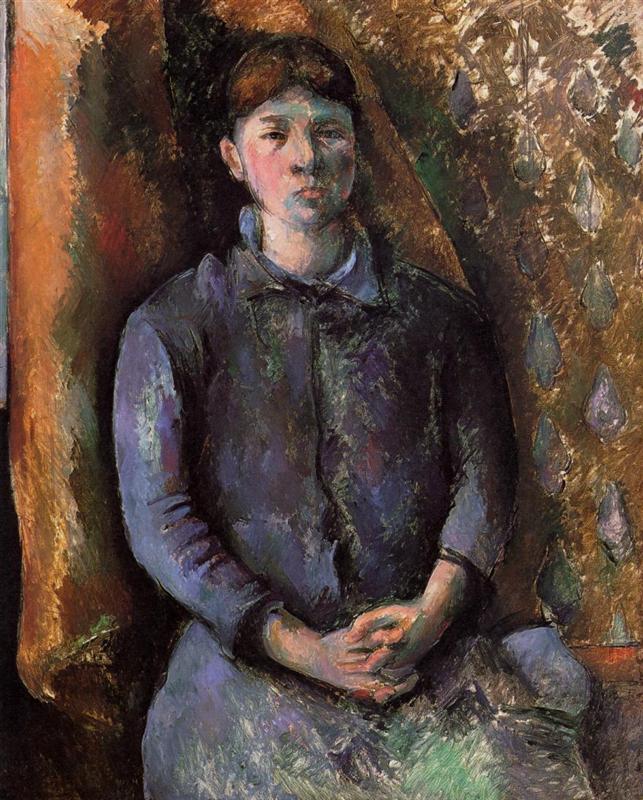
“It’s as if every part were aware of all the others—it participates that much; that much adjustment and rejection is happening in it; that’s how each daub plays its part in maintaining equilibrium and in producing it: just as the whole picture finally keeps reality in equilibrium. For if one says, this is a red armchair (and it is the first and ultimate red armchair in the history of painting): it is that only because it contains latently within itself an experienced sum of colour which, whatever it may be, reinforces and confirms it in this red. To reach the peak of its expression, it is very strongly painted around the light human figure, so that a kind of waxy surface develops; and yet the colour does not preponderate over the object, which seems so perfectly translated into its painterly equivalents that, while it is fully achieved and given as an object, its bourgeois reality at the same time relinquishes all its heaviness to a final and definitive picture-existence. Everything, as I already wrote, has become an affair that’s settled among the colours themselves: a colour will come into its own in response to another, or assert itself, or recollect itself. Just as in the mouth of a dog various secretions will gather in anticipation at the approach of various things—consenting ones for drawing out nutrients, and correcting ones to neutralise poisons: in the same way, intensifications and dilutions take place in the core of every colour, helping it to survive contact with others. In addition to this glandular activity within the intensity of colours, reflections (whose presence in nature, always surprised me so: to discover the evening glow of the water as a permanent coloration in the rough green of the Nenuphar’s covering-leaves—) play the greatest role: weaker local colours abandon themselves completely, contenting themselves with reflecting the dominant ones. In this hither and back of mutual and manifold influence, the interior of the picture vibrates, rises and falls back into itself, and does not have a single unmoving part …”
And as a living and sentient being, a colour may have a story, almost a biography, in which individual painters are but stages in its evolution:
“And I noticed that this blue is that special eighteenth-century blue that you can find everywhere, in La Tour, in Peronnet, and which even in Chardin does not cease to be elegant, even though here, as the ribbon of his peculiar hood (in the self-portrait with the horn-rimmed pince-nez), it is used quite recklessly. (I could imagine someone writing a monograph on the colour blue, from the dense waxy blue of the Pompeiian wall paintings to Chardin and further to Cézanne: what a biography!) For Cézanne’s very unique blue is descended from these, it comes from the eighteenth-century blue which Chardin stripped of its pretension and which now, in Cézanne, no longer carries any secondary significance.” [October 8, 1907]
The following little gallery illustrates this episode in Blue’s biography, from La Tour to Cézanne:
But, of course, it’s also the same Blue that lives in nature:
“… In the east behind Notre-Dame and Saint-Germain l‘Auxerrois all of the last, gray, half-discarded days had bunched together, and before me, over the Tuileries, toward the Arc de l’Étoile, lay something open, bright, weightless, as if this were a place leading all the way out of the world. A large fan-shaped poplar was leafing playfully in front of this completely supportless blue, in front of the unfinished, exaggerated designs of a vastness which the good Lord holds out before him without any knowledge of perspective.” [October 11, 1907]
The way Rilke describes colours — their intercourse within a painting, a single colour’s evolution through history — that’s how one might also describe words: their interaction and interplay within a poem, a single word’s history from one age to another, punctuated by contributions of individual authors. His eyes trained by Cézanne, Rilke reaches out to language for words that would express the nuances of colour, and the biography of blue spills out into the realm of language: a barely-blue, a blue dove-gray, a densely quilted blue, an ancient Egyptian shadow-blue, a waxy blue, a self-contained blue, a wet dark blue, a listening blue, a thunderstorm blue, a bourgeois cotton blue, a light cloudy bluishness, a juicy blue, and, in van Gogh’s landscapes, full of revolt, Blue, Blue, Blue.
Both colour and language have their mundane, pragmatic, adaptive functions; we use colour to recognise objects in our environment, and we use language for everyday communication. But in painting and poetry, colour and language become as it were aware of themselves; it is indeed as though they know themselves better than any human being possibly could.
I don’t mean it in any mystical or supernatural sense: this self-awareness must, for all I know, rely on the same neural substrate as our own. It is in our brains, just not fully accessible to the conscious mind, even if it’s the mind of a painter or a poet. And so it follows that the artist’s challenge is, in Rilke’s words, to “leave them completely alone”, not to meddle with them, not to let the human conscious self interfere with their play; indeed, to remove one’s own self from the process altogether.
[share title=”If you’ve enjoyed reading this post, please consider sharing it with your friends!” facebook=”true” twitter=”true” google_plus=”true” linkedin=”true” pinterest=”true” reddit=”true” email=”true”]
